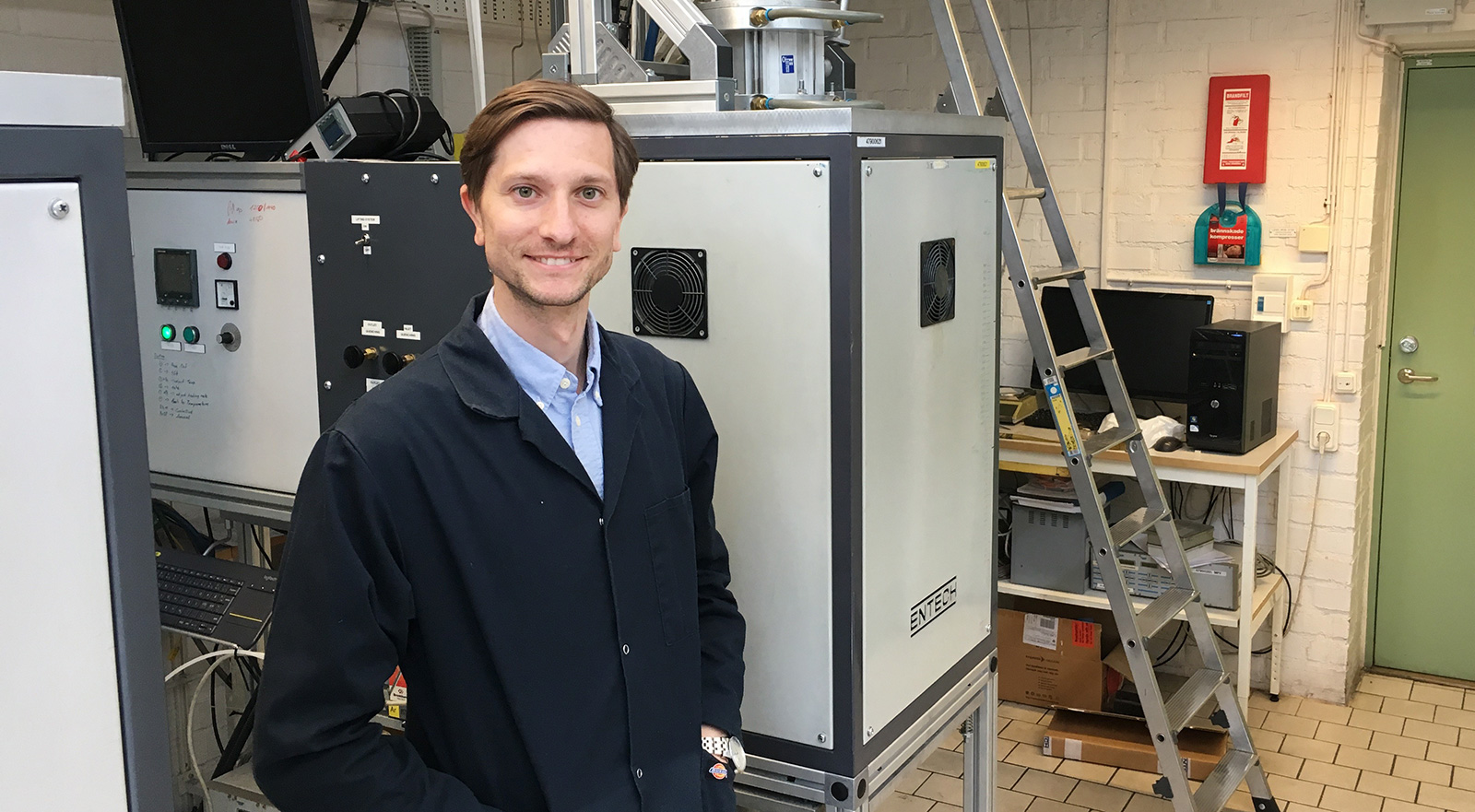Best paper award from IOM3 to researcher at the unit of Process

Johan Martinsson´s work solves the experimental difficulties of studying the structure of foam as a function of slag composition and viscosity at high temperatures.
Johan Martinsson, researcher at the unit of Process, with co-authors Björn Glaser & Du Sichen have been awarded the IOM3 (Institute of Materials, Minerals and Mining) Adrian Normanton Medal for the best technical paper on the topic of steelmaking or casting published in Ironmaking and Steelmaking.
The awarded paper: The structure of foaming BOF-converter slag, is part of the team´s work to provide a fundamental basis for metallurgical and materials processes.
”Slag foaming is a very important phenomenon in steelmaking processes, especially in BOF (Basic Oxygen Furnace) and EAF (Electric Arc Furnace). The information about foam is crucial for process control and optimization. However, very little was known about the foaming at steelmaking temperature above 1600 C. The foam structure at such high temperature was never studied due to the experimental difficulties. Johan’s work is the first one to reveal the structure of foam as a function of slag composition and viscosity. It has great value to the steel industry”, says Du Sichen, co-author of the paper.
The Institute of Materials, Minerals and Mining will present the medal to Johan Martinsson and his co-authors in conjunction with the Sir Henry Bessemer Lecture and South Wales Materials Association Annual Dinner in October-November.
